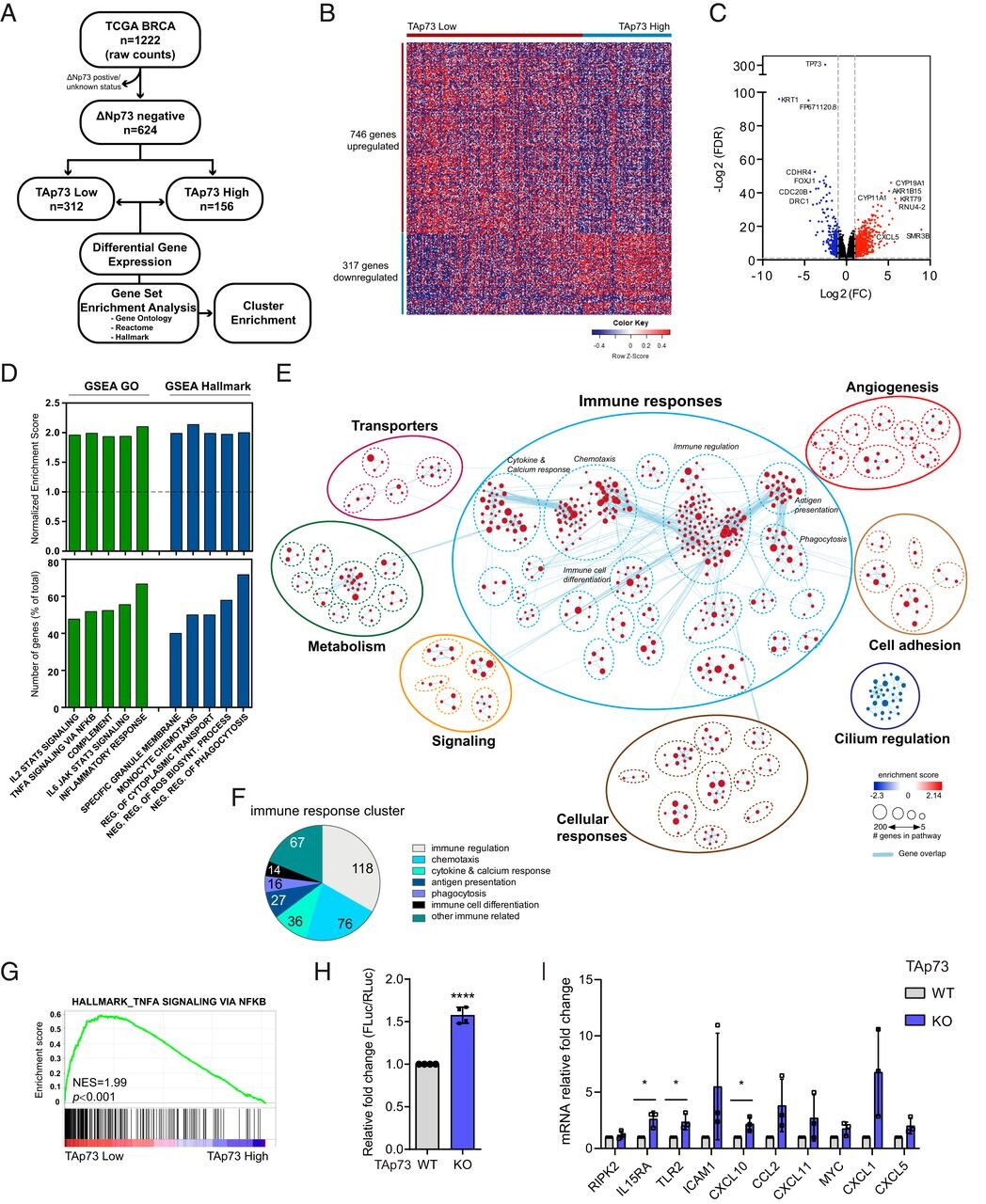#Feminist backlash to Muslim immigrants in Germany

“#Feminist backlash to Muslim immigrants in Germany”
His newest study, co-authored with Donghyun Danny Choi at the University of Pittsburgh and Mathias Poertner at Texas A&M University, was published July 8 in the American Journal of Political Science and finds evidence of significant discrimination against Muslim women during everyday interactions with native Germans. That evidence comes from experimental interventions set up on train platforms across dozens of German cities and reveals that discrimination by German women is due to their beliefs that Muslims are regressive with respect to women’s rights. In effect, their experiment finds a feminist opposition to Muslims, and shows that discrimination is eliminated when Muslim women signaled that they shared progressive gender attitudes, says Sambanis, who directs the Penn Identity and Conflict Lab (PIC Lab), which he founded when he came to Penn in 2016.
Many studies in psychology have shown bias and discrimination are rooted in a sense that ethnic, racial, or religious differences create distance between citizens, he says. “Faced with waves of immigration from culturally different populations, many Europeans are increasingly supporting policies of coercive assimilation that eliminate those sources of difference by suppressing ethnic or religious marker, for example, by banning the hijab in public places or forcing immigrants to attend language classes,” Sambanis says. “Our research shows that bias and discrimination can be reduced via far less coercive measures—as long as immigration does not threaten core values that define the social identities of native populations.”
“The Hijab Effect: Feminist Backlash to Muslim Immigrants” is the fourth study in a multiyear project on the topic of how to reduce prejudice against immigrants conducted by Sambanis and the team. The study’s co-authors, Choi and Poertner, started working on this project as postdoctoral fellows at the PIC Lab.
The new paper builds on the first leg of the project which was published in the Proceedings of the National Academy of Sciences in 2019 and which explored whether discrimination against immigrants is reduced when immigrants show that they share civic norms that are valued by native citizens. That study found evidence that shared norms reduce but do not eliminate discrimination. The new study explores the impact of norms and ideas that are important to particular subgroups of the native population, and finds stronger effects when such norms are shared by immigrants.
The findings have implications for how to think about reducing conflict between native and immigrant communities in an era of increased cross-border migration, Sambanis says.
He and his co-authors conducted the large-scale field experiment in 25 cities across Germany involving more than 3,700 unknowing bystanders.
“Germany was a good case study because it has received the largest number of asylum applications in Europe since 2015, a result of the refugee crisis created by wars in Syria and other countries in the Middle East and Central Asia,” Sambanis says. “Germany has had a long history of immigration from Muslim countries since the early post-war period, and anti-immigrant sentiments have been high as a result of cultural differences. These differences are manipulated politically and become more salient.”
The intervention went like this: A woman involved in the study approached a bench at a train station where bystanders waited and drew their attention by asking them if they knew if she could buy tickets on the train.
She then received a phone call and audibly conversed with the caller in German regarding her sister, who was considering whether to take a job or stay at home and take care of her husband and her kids. The scripted conversation revealed the woman’s position on whether her sister has the right to work or a duty to stay at home to care for the family.
At the end of the phone call, a bag she was holding seemingly tears, making her drop a bunch of lemons, which scatter on the platform and she appeared to need help gathering them.
In the final step, team members who were not a part of the intervention observed and recorded whether each bystander who was within earshot of the phone call helped the women collect the lemons.
They experimentally varied the identity of the woman, who was sometimes a native German or an immigrant from the Middle East; and the immigrant sometimes wore a hijab to signal her Muslim identity and sometimes not.
They found that men were not very receptive to different messages regarding the woman’s attitude toward gender equality, but German women were. Among German women, anti-Muslim discrimination was eliminated when the immigrant woman signaled that she held progressive views vis-à-vis women’s rights. Men continued to discriminate in both the regressive and progressive conditions of the experiment.
It was a surprise that the experimental treatment did not seem to make a big difference in the behavior of men towards Muslim women.
“Women were very receptive to this message that we had about Muslims sharing progressive beliefs about women’s rights, but men were indifferent to it,” says Sambanis. “We expected that there would be a difference, and that the effect of the treatment would be larger among women, but we did not expect that it would be basically zero for men.”
The experiment makes gender identity more salient and establishes a common identity between native German women—most of whom share progressive views on gender—and the immigrant women in the progressive condition. This is the basis of the reduction of discrimination, Sambanis says, and it does not require coercive measures like forcing Muslims to take off the hijab. “You can overcome discrimination in other ways, but it is important to signal that that the two groups share a common set of norms and ideas that define appropriate civic behaviors.”
The results are surprising from the perspective of the prior literature, which assumed that it is very hard for people to overcome barriers created by race, religion, and ethnicity. At the same time, this experiment speaks to the limits of multiculturalism, says Sambanis. “Our work shows that differences in ethnic, racial, or linguistic traits can be overcome, but citizens will resist abandoning longstanding norms and ideas that define their identities in favor of a liberal accommodation of the values of others,” he says.
Uncovering the roots of discrimination toward immigrants
Donghyun Danny Choi et al, The Hijab Penalty: Feminist Backlash to Muslim Immigrants, American Journal of Political Science (2021). DOI: 10.1111/ajps.12627
Citation:
The ‘hijab effect’: Feminist backlash to Muslim immigrants in Germany (2021, July 10)
retrieved 10 July 2021
from https://phys.org/news/2021-07-hijab-effect-feminist-backlash-muslim.html
This document is subject to copyright. Apart from any fair dealing for the purpose of private study or research, no
part may be reproduced without the written permission. The content is provided for information purposes only.
If you liked the article, do not forget to share it with your friends. Follow us on Google News too, click on the star and choose us from your favorites.
For forums sites go to Forum.BuradaBiliyorum.Com
If you want to read more Like this articles, you can visit our Science category.


